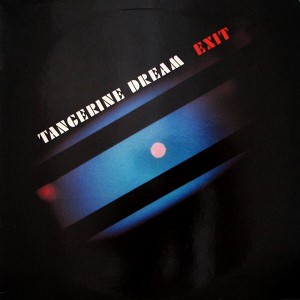

..:: audio-music dot info ::.. |
| A l b u m D e t a i l s |
 |
Label: | Virgin Records |
| Released: | 1981.09.15 | |
| Time: |
36:32 |
|
| Category: | Electronic, Avant-Garde | |
| Producer(s): | Edgar Froese, Christopher Franke | |
| Rating: |  |
|
| Media type: | CD |
|
| Web address: | www.tangerinedream-music.com | |
| Appears with: | ||
| Purchase date: | 2012 | |
| Price in €: | 1,00 | |
| S o n g s , T r a c k s |
| A r t i s t s , P e r s o n n e l |
| C o m m e n t s , N o t e s |
Backtracking with Tangerine Dream
Edgar Froese: "One piece on this album, Kiew Mission, feels different than the rest. We were using some new instruments, and it still sounds very modern to me."
(Interview with Johnny Black, thisBEAT, issue 17, April 1986)
| L y r i c s |
| M P 3 S a m p l e s |